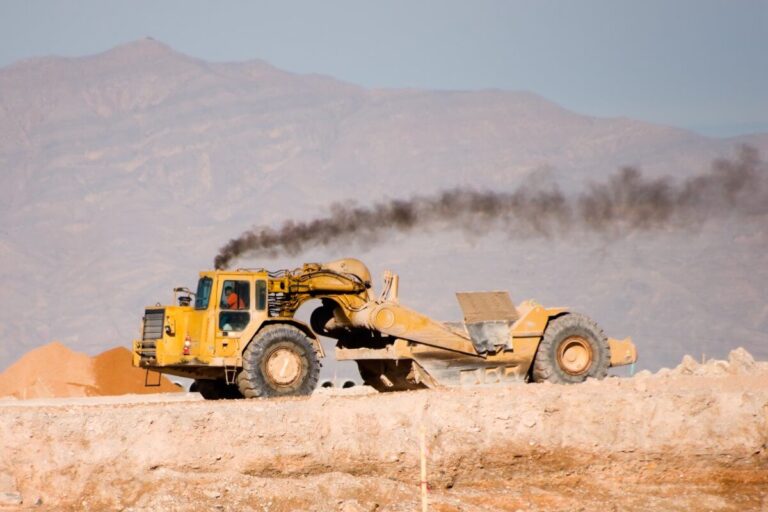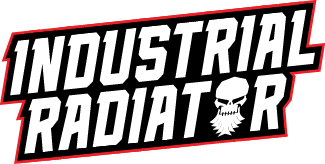In 2007, the Environmental Protection Agency (EPA) issued new mandates for the regulation of diesel engine exhaust. The need to comply with these changes, along with evolving technology, have led to significant changes in how diesel exhaust systems work. With those changes comes increasing responsibility of operators to understand how their system works and how to properly maintain it.
Diesel engine manufacturers have met EPA standards primarily through the use of exhaust filtering systems that feature a diesel particulate filter (DPF) and a process called regeneration. In a previous post, we have explained in detail the effects your exhaust system can have on the DPF and overall equipment health. The regeneration process is another piece of the exhaust system that is important to understand. There are three types of regeneration: passive, active and manual. Being aware of the differences can help you prevent costly malfunctions and extend the life of your diesel engine.

Passive diesel engine regeneration
As the name suggests, passive regeneration happens without being triggered by the operator. A healthy diesel particulate filter will trap soot, nitrous oxides (NOx) and other harmful particulates as your engine runs. When the exhaust temperature exceeds 350 degrees Celcius or 662 degrees Fahrenheit, the captured soot will burn off automatically. The catch is that for this passive regeneration to occur, the equipment must be kept within the optimal operating temperature range. If it runs at a low temperature for too long, passive regeneration will not be triggered. Make sure you know how to keep your equipment at the right operating temperature for your work environment, especially if it’s in a cold weather area.
Active diesel engine regeneration
The second type of diesel engine regeneration is active regeneration. This occurs when pressure sensors on either side of the DPF detect that the filter is becoming overloaded with soot. The engine ECU then signals the hydrocarbon dosing valve to open up and allow diesel fuel to enter the exhaust stream. This raises the temperature high enough to burn off the accumulated soot. Like passive regeneration, active regeneration happens automatically. There is usually a light on the dash to alert the operator that the process is happening. With more components involved in active regeneration than passive, the process requires regular engine maintenance to work as intended.
Manual diesel engine regeneration
The last type of diesel engine regeneration is manual. This type is unique because it is triggered directly by the operator and only happens while the equipment is stationary. If a check engine light shows on the dash, it may be a signal to start manual regeneration. The operator should engage the parking brake and flip the regeneration switch. What happens next is essentially the same as in active regeneration, where diesel fuel is injected into the system before the diesel oxidation catalyst (DOC) and DPF in order to burn off particulates.
Now that we understand the different types of diesel engine regeneration, how do we ensure they work reliably to clean the exhaust? The first way is to have good operators who are properly trained to notice warning signs on the instrument cluster and engage manual regeneration when necessary. Another key practice is to have emission system problems quickly diagnosed and repaired by diesel engine experts before they lead to larger issues such as engine failure. Problems with engine regeneration can be caused by pressure or temperature sensor malfunctions, DPF plugging, engine fault codes or electrical malfunctions just to name a few. Keeping your components regularly cleaned and repaired will help you avoid expensive replacements and let diesel engine regeneration work as intended.
